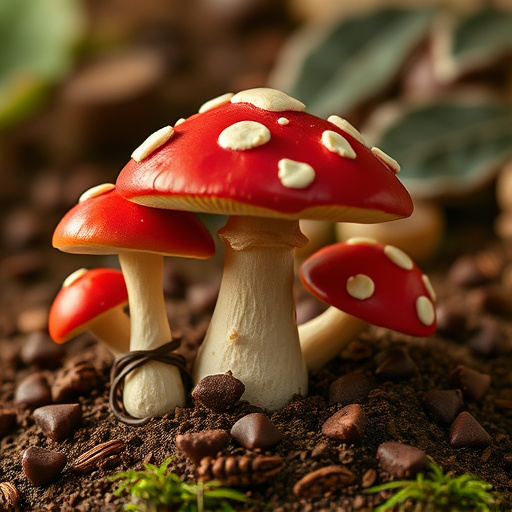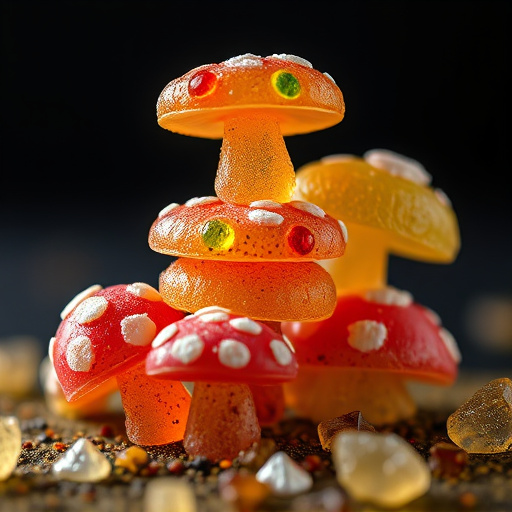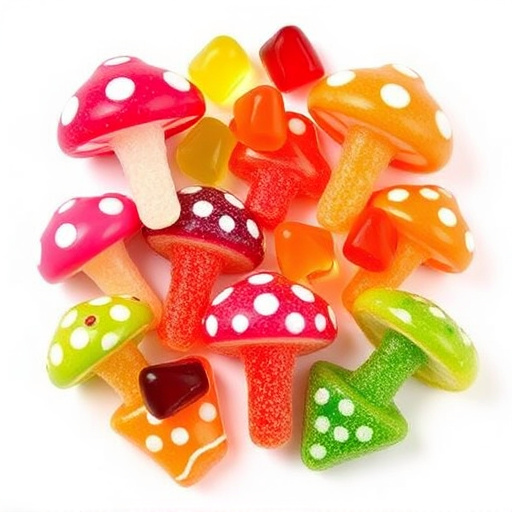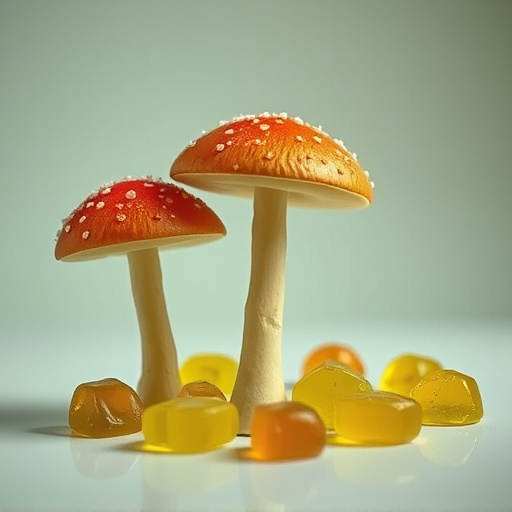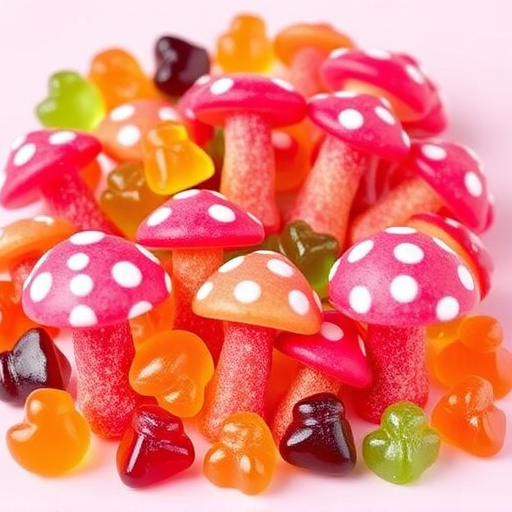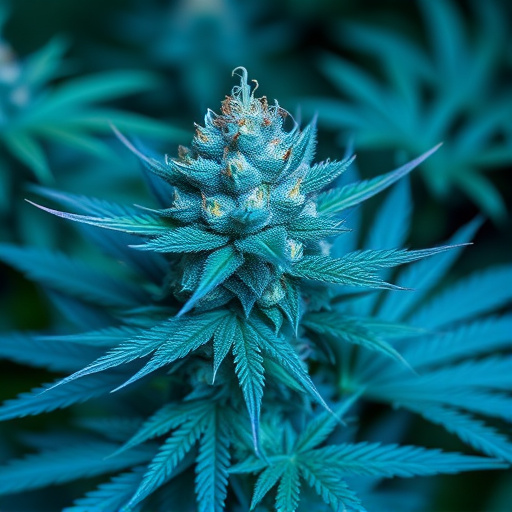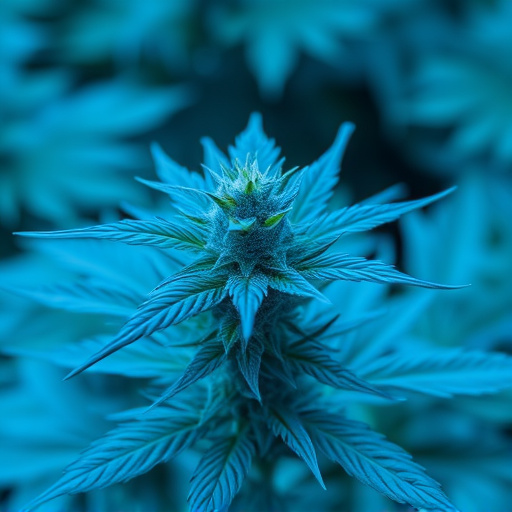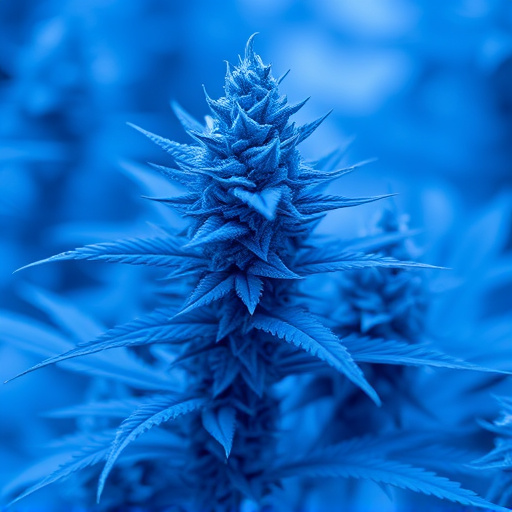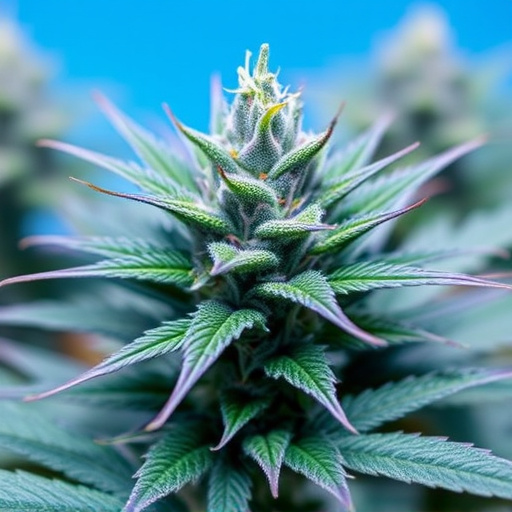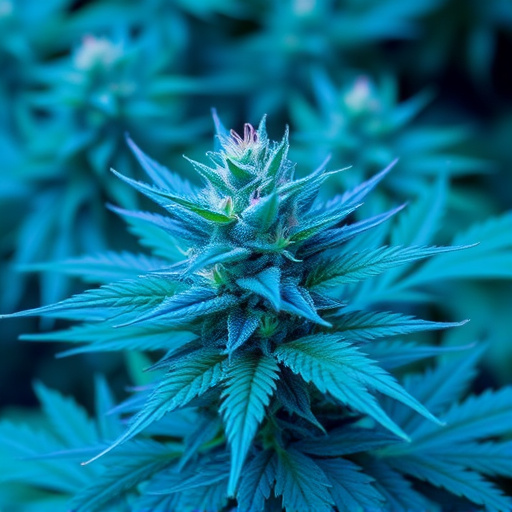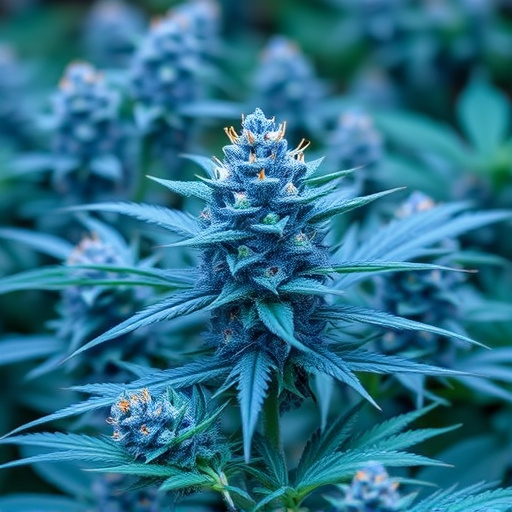Blue cannabis strains captivate users with their vibrant colors, distinctive terpene profiles (myrcene, limonene, terpinolene), and varied effects, from uplifting to relaxing. Environmental factors like temperature, humidity, and time of day extend or modify these effects. Individual duration varies based on biology, age, weight, gender, and health, impacting tolerance levels; understanding these dynamics is crucial for safe cannabis use.
Unraveling the factors that dictate the duration of a cannabis high is a captivating journey into the science behind this popular compound. This article explores the intricate dance between genetics, environment, and biology in shaping the experience. Delving into the unique characteristics of blue cannabis strains, we uncover how their terpene profiles contribute to varying high durations. Environmental conditions play a surprising role, too. By examining these influences, we aim to provide insights that cater to both curious minds and those seeking optimal cannabis experiences, especially among enthusiasts of the esteemed blue cannabis strains.
- Genetic Composition and Terpene Content of Blue Cannabis Strains
- Environmental Factors and Their Impact on High Duration
- Individual Biology and Tolerance: The Role of Personal Variables
Genetic Composition and Terpene Content of Blue Cannabis Strains
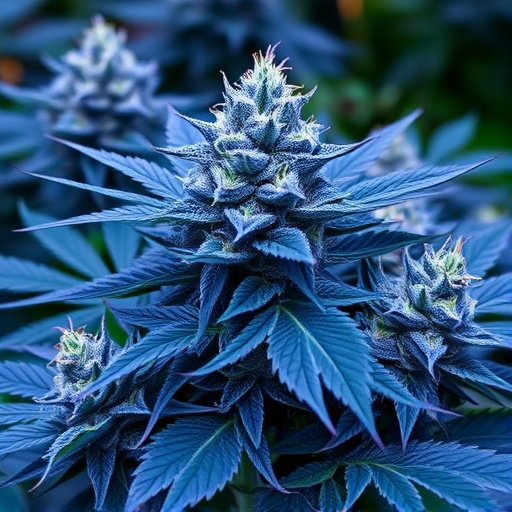
Blue cannabis strains, renowned for their distinctive hue and potential therapeutic benefits, offer more than just visual appeal. Their genetic composition plays a pivotal role in shaping the overall experience. These strains often boast unique terpene profiles, with specific compounds like myrcene, limonene, and terpinolene contributing to their aroma and flavor. Terpenes are known to enhance or modify the effects of cannabinoids, such as THC and CBD, leading to varied experiences among consumers.
The interaction between these genetic factors results in diverse high durations and intensities. Some blue strains may produce a more mild and uplifting high that lasts for several hours, while others could offer a potent, relaxing experience that lingers. Understanding the specific terpene content and genetic lineage can thus empower users to choose strains aligned with their desired effects, making their cannabis experiences more tailored and enjoyable.
Environmental Factors and Their Impact on High Duration
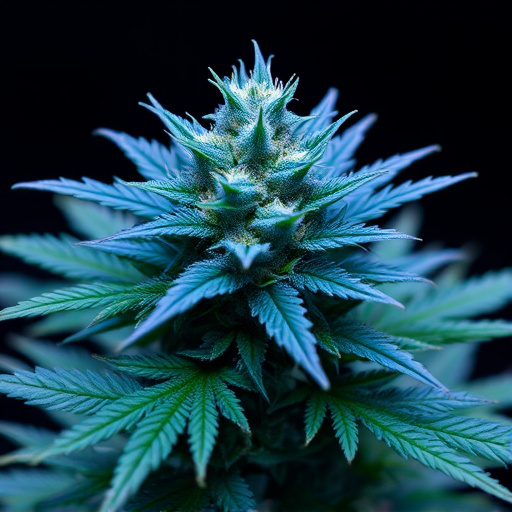
The environment in which cannabis is consumed can significantly affect the duration and intensity of a “high.” Factors like temperature, humidity, and even the time of day play a role. For instance, cooler temperatures tend to prolong the effects, making the high last longer. This is particularly noticeable with blue cannabis strains, known for their refreshing and uplifting effects, which can feel more extended in cooler settings. Humidity also comes into play; higher humidity levels can make the high feel smoother and last slightly longer due to the easier absorption of cannabinoids by the body.
Additionally, the time of day matters. Nighttime consumption might lead to a longer-lasting high because the body’s natural circadian rhythm influences how cannabinoids interact with our systems. The peaceful and relaxed atmosphere often associated with evening use can also contribute to a more prolonged sense of euphoria and relaxation, enhancing the overall cannabis experience, especially for those enjoying blue strains known for their calming properties.
Individual Biology and Tolerance: The Role of Personal Variables
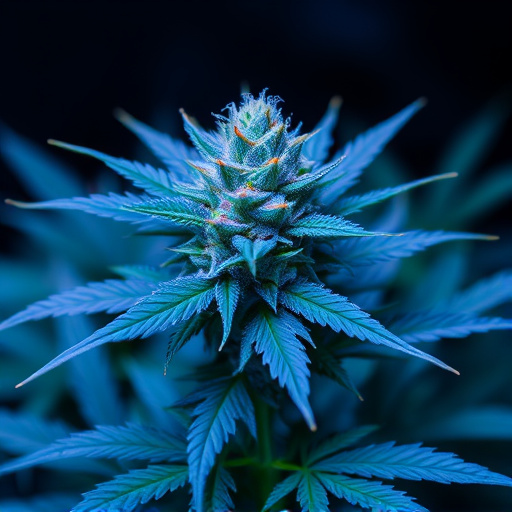
The duration of a cannabis high can vary greatly from one person to another, and this is largely attributed to individual biology and tolerance. Personal variables such as age, weight, gender, and overall health play significant roles in determining how long the effects of cannabis last. For instance, younger individuals tend to experience longer-lasting highs compared to their older counterparts due to differences in brain development and metabolism.
Additionally, tolerance level is a crucial factor. Regular users of blue cannabis strains, known for their potent properties, often build up a higher tolerance, leading to shorter highs. Conversely, those with lower tolerances may feel the effects for an extended period. This variability underscores the importance of understanding one’s biology and using cannabis responsibly to avoid potential adverse effects or overdoses.
The duration of a cannabis high is influenced by a complex interplay between genetic composition, environmental factors, and individual biology. Blue cannabis strains, known for their unique terpene content, offer diverse experiences that can extend beyond traditional highs. Environmental conditions, such as cultivation practices and climate, significantly impact the overall effect’s length and intensity. Furthermore, personal variables like tolerance and metabolism play a crucial role in how each individual perceives and experiences cannabis. Understanding these factors empowers consumers to make informed choices, ensuring they enjoy the desired duration and quality of their cannabis high.
